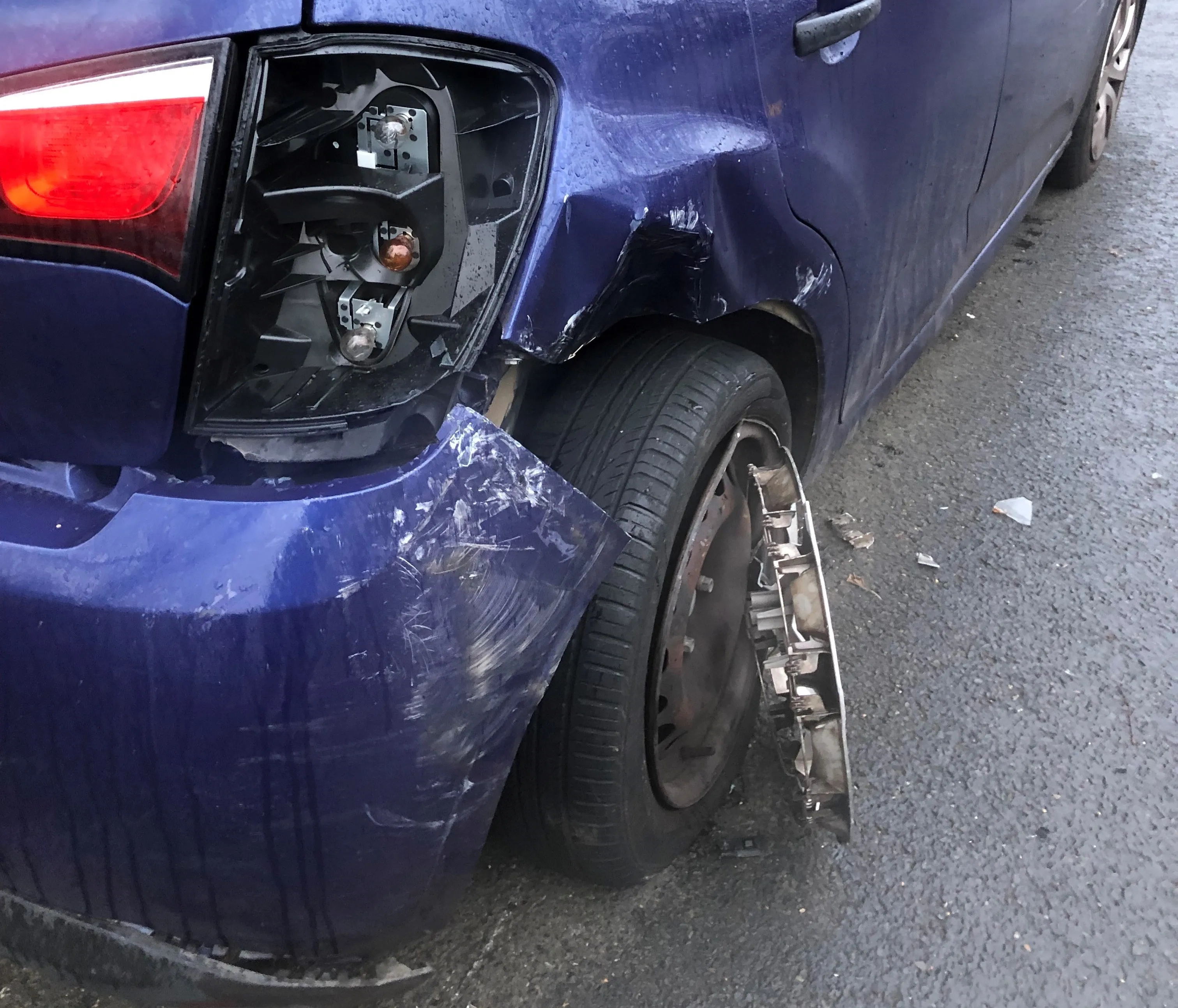Driver distraction is an increasing concern for the road safety sector. According to the FIA Region 2 (Federation Internationale de l’Automobile), a distraction time of just two seconds is sufficient to cause a crash. The FIA’s data suggests that to 25% of road crashes are due to distraction, with 25-30% of total driving time spent on distracting activities.
Commissioner Bulc, European Commissioner for Transport, recently warned against distraction caused by the use of mobile phone. She said, “Distraction from mobile devices has become one of the top crash factors. Reports show it has even overtaken speed and alcohol as the highest risk factors.”
She recognised the value of the 2seconds campaign in raising awareness of the risk of distraction among road users: “Technology can help, and the EU is making sure that everyone benefits from it: making driver drowsiness and distraction warning systems mandatory for all cars in its new vehicle safety legislation. But this can only be an assistance to drivers. It is crucial that all road users are aware of the high risks of even short spans of inattention. This is why I fully support the 2seconds campaign. To achieve zero road deaths by 2050 in the EU, we need to do everything we can – together.”
With the #2seconds campaign,
If motorists are not trained on new in-vehicle safety technologies proper use, they can also become a source of distraction.
Driver distraction is a road safety risk
Driver distraction is an increasing concern for the road safety sector. According to the FIA Region 2 (Federation Internationale de l’Automobile), a distraction time of just two seconds is sufficient to cause a crash. The FIA’s data suggests that to 25% of road crashes are due to distraction, with 25-30% of total driving time spent on distracting activities.
Commissioner Bulc, European Commissioner for Transport, recently warned against distraction caused by the use of mobile phone. She said, “Distraction
September 12, 2019
Read time: 2 mins







